Jindo Island (진도)
10.5Km 2025-01-08
Jindo-eup, Jindo-gun, Jeollanam-do
+82-61-540-3405
Jindo Island is the principal island among the cluster of 230 islets in the southwestern part of the Korean peninsula. The island is blessed with abundant fertile land, therefore much of it is used for agriculture. The sea around it is teeming with fish and wildlife.
The island has many park reserves like the Dadohaehaesang National Park, historical relics and sites; and visitors can enjoy traditional artistic performances everywhere. With the Jindo Bridge construction completed, the island is connected to the mainland. Every year during the month of February on the lunar calendar, the sea parts and mimics the parting of the sea by Moses. Many tourists come to watch this rare spectacle.
Haenam Dinosaur Festival (해남 공룡대축제)
11.1Km 2025-04-24
234 Gongnyongbangmulgwan-gil, Hwangsan-myeon, Haenam-gun, Jeollanam-do
+82-61-530-5157
The Haenam Dinosaur Festival, held at Haenam Uhangri Dinosaur Museum, is an annual family-friendly festival celebrating Children’s Day.
Haenam Uhangri Dinosaur Museum (해남공룡박물관)
11.4Km 2021-01-14
234, Gongnyongbangmulgwan-gil, Haenam-gun, Jeollanam-do
+82-61-530-5949
Following the discovery of a dinosaur footprint within the region in 1992, Haenam Uhangri Dinosaur Museum was founded to promote the area's significance as a fossil site. The museum provides materials and exhibitions related to dinosaurs as well as Ulhang-ri as a natural heritage site.
Tracksite of Dinosaurs, Pterosaurs, and Birds in Uhang-ri (우항리 공룡화석자연사유적지)
11.4Km 2021-06-01
234, Gongnyongbangmulgwan-gil, Haenam-gun, Jeollanam-do
+82-61-530-5324
The Tracksite of Dinosaurs, Pterosaurs, and Birds in Uhang-ri is where the world's most intricate fossil footprints of dinosaurs and birds were discovered. The track site was designated as a Natural Monument for its significance and serves as an educational site for studying earth science and dinosaurs from the Cretaceous period. There is a museum that has on display 447 materials related to fossils, including actual fossil pieces of an Allosaurus, along with exhibitions dedicated to giant dinosaurs, sea reptile, and birds.
Jindo Ssanggyesa Temple (쌍계사(진도))
11.7Km 2020-03-18
299-30, Ullimsanbang-ro, Jindo-gun, Jeollanam-do
+82-61-542-1165
Founded in 857 by Buddhist monk Doseonguksa and reconstructed by Ui Woong in 1648, Ssanggyesa Temple is located between two valleys, bordering Cheomchalsan Mountain to the North. Walk through the rows of trees leading to a beautiful garden enclosed by a 100 year-old Joseon Chinese Juniper, cherry trees and persimmon trees.
Follow the path behind the temple for 10 minutes to find a three-acre plot of land consisting of dense forest. This woodland is a national monument containing over 50 types of trees. Unrimsanbang lies on the south of the temple, home of the famous artist Heo Yu, of the Joseon dynasty.
Ullimsanbang House (진도 운림산방)
11.9Km 2025-03-15
315, Ullimsanbang-ro, Jindo-gun, Jeollanam-do
+82-1588-9610
On the foot of Cheomchalsan Mountain (485 m), bordering Ssangyesa Temple to the North, sits Ullimsanbang House. The building was once a home to the famous artist, Heo Yu during his last years, after his master Kim Jeong-hee (1789~1856), a noted scholar, passed away.
Ullimsanbang House was named after the romantic scenery of the mountain peaks nearby the Cheomchalsan Maountain that appears hazily amidst the foggy mist. According to Heo Yu’s writings, ‘Mongyeonrok’ once had various flowers and trees blossomed, but it had long been abandoned beyond recognition until it was restored by his grandson, Heo Geon (1907~1987) in 1982.
Surrounding the Cheomchalsan Mountain, Ullimsanbang House has a ㄷ-shaped tile-roofed house containing a workroom among numerous bedrooms. It houses a wooden cottage at the rear and the So-Chi (Heo Geon’s pen name) Memorial to the right. Many of Heo family’s artworks are displayed here. At the middle of the courtyard, a crape myrtle stands gracefully on a small six-meter island floating on a pond of lilies.
Hwawon Oceano Tourism Complex (화원 오시아노 관광단지)
13.3Km 2021-10-23
552, Sia-ro, Haenam-gun, Jeollanam-do
+82-61-534-6790
Set before the beautiful Korean archipelago, Hwawon Oceano Tourism Complex offers visitors a romantic beachside camping experience with a large campground and convenience amenities such as shower stalls. The campsite is particularly beautiful at sunset and night when stars fill the sky. Currently, the complex offers a golf course in addition to the campground, with plans to add a culture & arts center and marine world zone. Particularly, Pine Beach Golf Course located inside the tourism complex is surrounded by the ocean on three sides, and is perfect for playing a round of golf toward the endless ocean. The course is regarded as Asia’s Pebble Beach, a small coastal resort destination and home to famous golf courses in California.
Sigol Jangteo Gukbap (시골장터국밥)
14.1Km 2021-03-26
1715, Gwangwang leisure-ro, Haenam-gun, Jeollanam-do
+82-61-537-1234
Gukbap (rice soup) is a Korean-style beef broth dish containing rice. The best menu at this restaurant is Korean beef head meat and rice soup. This Korean dishes restaurant is located in Haenam-gun, Jeollanam-do.
Gamasot Naju Gomtang (가마솥나주곰탕)
14.2Km 2021-03-26
1737, Gwangwang leisure-ro, Haenam-gun, Jeollanam-do
+82-61-537-5205
It is a local dish of Naju in Jeolla-do. This Korean dishes restaurant is located in Haenam-gun, Jeollanam-do. The most famous menu is beef bone soup.
Dolgorae Hoetjip (돌고래횟집)
14.5Km 2021-03-26
42-13, Yeongho-gil, Haenam-gun, Jeollanam-do
+82-61-533-1450
You can enjoy sliced fresh-kill fish produced from the place of production at low prices. This restaurant's signature menu is assorted sliced raw fish. This Korean dishes restaurant is located in Haenam-gun, Jeollanam-do.
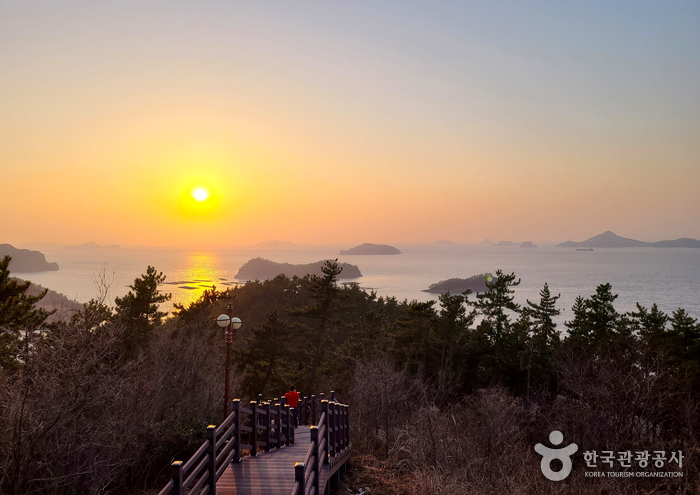
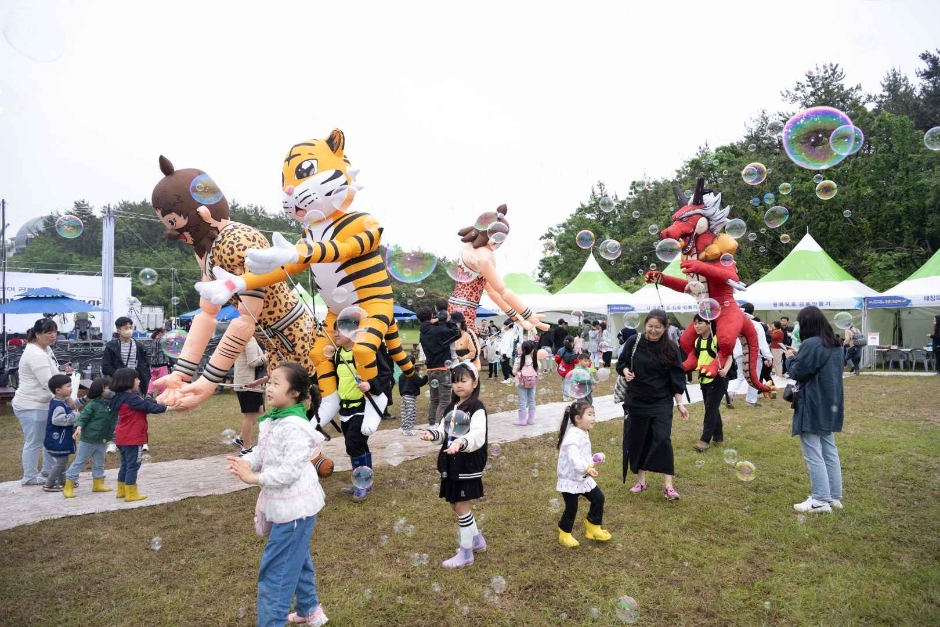
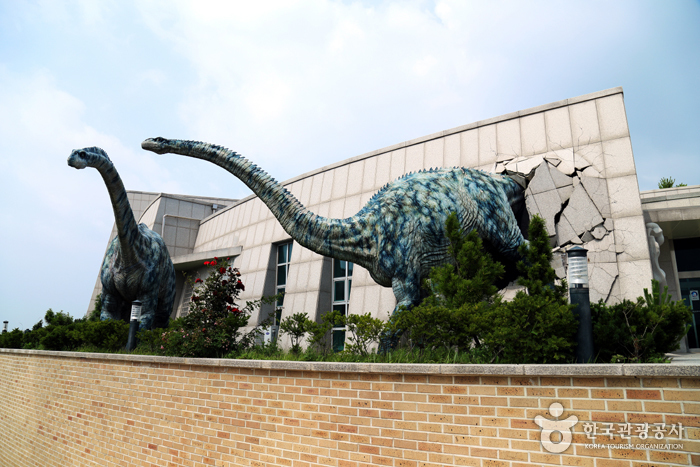
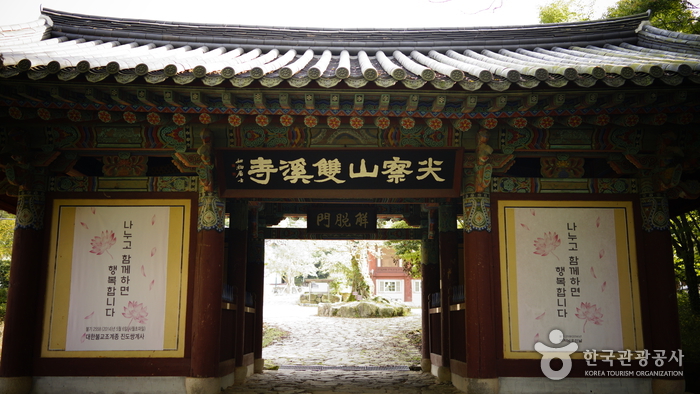
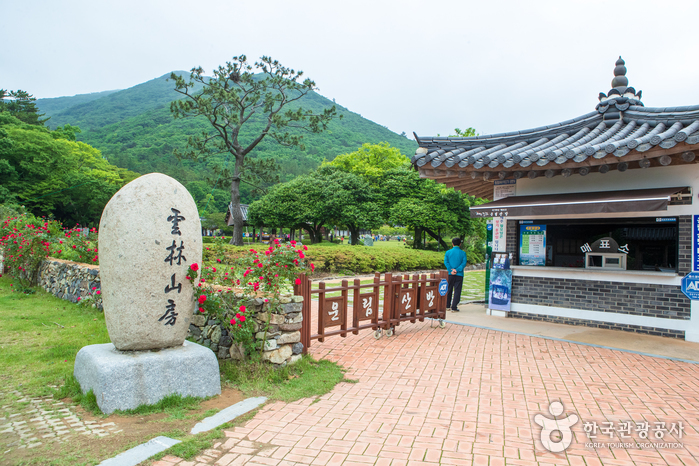

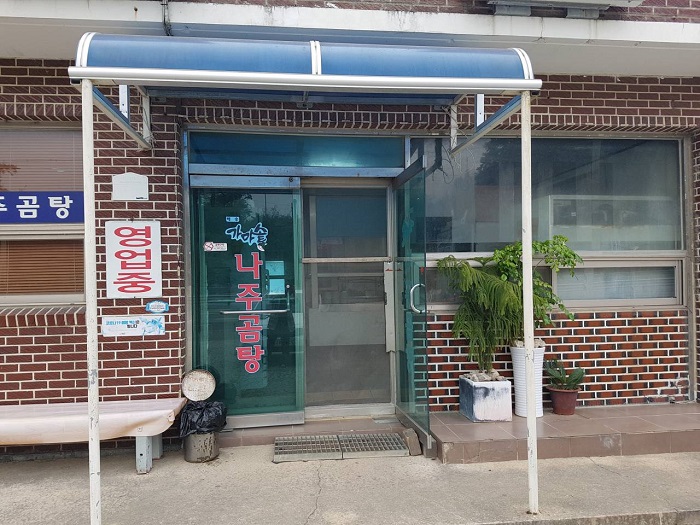
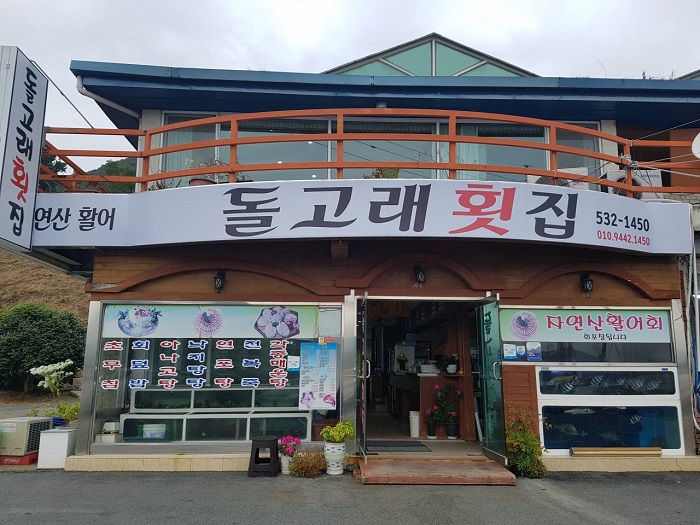
 English
English
 한국어
한국어 日本語
日本語 中文(简体)
中文(简体) Deutsch
Deutsch Français
Français Español
Español Русский
Русский